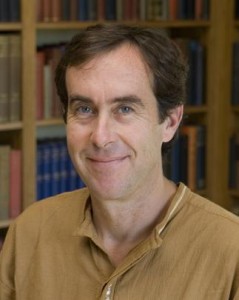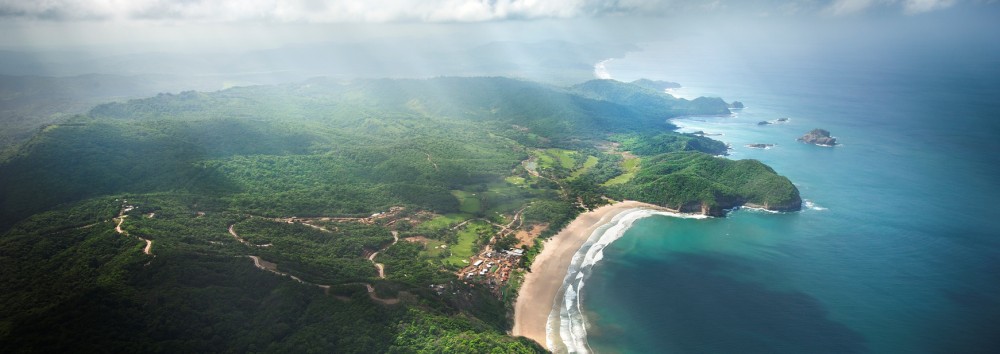As a part of an ethnographic research project, I decided to interview Professor Douglas Moody. Professor Moody is a fulltime instructor at Dartmouth College and currently teaches our LACS 20 class. This December, he will be co-leading our team of undergraduates to Nicaragua. He has been on many service-learning trips in the previous years and is very knowledgeable on the potential benefits and pitfalls of these short-term projects.
I decided to interview Professor Douglas Moody. Professor Moody is a fulltime instructor at Dartmouth College and currently teaches our LACS 20 class. This December, he will be co-leading our team of undergraduates to Nicaragua. He has been on many service-learning trips in the previous years and is very knowledgeable on the potential benefits and pitfalls of these short-term projects.
Professor Moody obtained both his master’s degree and Doctor of Education at University of California, Berkeley. His fields of specialty include Language and Rhetoric, Hispanic Studies, as well as Women’s, Gender, and Sexuality Studies. He is professionally engaged in many projects like ¿Why Not? International Theatre Group and his acquired expertise will aid us in our journey to Nicaragua.
https://www.youtube.com/watch?v=wRTBQ2SDoes
Memorable Quote
In our class, we have extensively discussed the implications of short-term service trips on the destination country and found that not all our impacts are beneficial to the community. How would you characterize our presence in Nicaragua? Is it worth it?
“The short answer is that I think it’s worth it because we return each year. But as we’ve discussed in class, alluding to the readings and the issues we’ve been wrestling with, there are good points and bad – although mostly good points – and the short-term trip that we participate in is part of a cumulative effect that we have in the area. There are other groups that go to Siuna, so we are not the only visitors, [including] Tufts University, Tulane University, University of Nevada, etc. All these groups go down there, and each time they go there, they add to the work that’s being done – that Bridges to Community oversees and ensures that there is a continuity and long term goal to. So . . . in that sense, I think that these short-term trips, either as a community development team or a medical team, can have significant positive effect in the area . . . because it’s not just an isolation once in a year for 10 days or 2 weeks, but a long-term effort by the teams in the area.”
